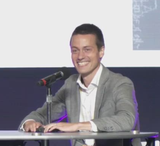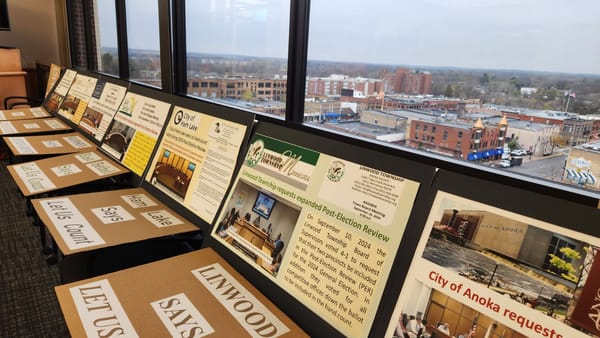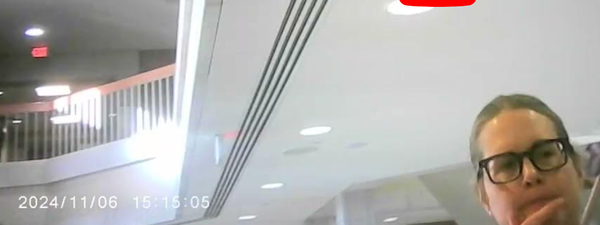Why 50 states met in Missouri last week

And what was learned - and why a better strategy is still needed
On Wednesday and Thursday Aug 16 and 17, 2023, election reform advocates from 50 states met in Springfield Missouri.
Updates, evidence, and next steps toward transparent and decentralized elections were shared.
Across 6 hours, presentations from the 50 states varied in content, but the themes and patterns were the same: more centralization, less transparency. Despite roadblocks, a variety of legal wins, legislative wins, and general hope were also listed.
Perhaps what was missing was a clear direction and strategy that the country can take together, for every citizen who wants to do their daily civic duty to fit themselves into.
But with a two-day event, there was also plenty of time to connect or reconnect. This was an in-person refresh and recharge that is often overlooked in this mission to reclaim local government, where there has been so much political corruption in the shadows. Building a routine of in-person meetings creates discipline through habit but also an amplification of attendees' energy. Sometimes a very short interaction can be the seed that changes an outlook or strategy down the road.
On the topic of in-person meetings, today in Texas is a big meeting of about 3-500 people all learning or practicing hand counting as part of the Hand Count Road Show. Having participated in my first mock election in July led by Rick Weible on July 13 in Big Lake, MN (full review to come), I'm excited about the potential for millions of Americans to work together to learn... then, on election day, we can first cast and then count our vote. (And then everyone can feel good about the outcomes, too.)
As it becomes clear that hand counts are one aspect of a new standard for transparent elections, the question will be asked of those not using hand counts... Why Not? This turns the table. Instead of shining light on the numerous indicators of fraud across the full spectrum of the election ecosystem, as has been done going on 3 years, the roadblocks need only be removed from implementing the new approach.
Here in Minnesota, hand counts are very possible because of the reality of casting paper ballots in person in relatively small precincts. (Yes, the latest statutes say counties must use tabulators in precincts that previously used them, but the statutes do not outlaw hand counting, and it would be even more absurd if the MN Legislature tried that in the future.)
All there is to do is provide a plan to county commissioners of how such a hand count will look, with details like how many people, for how many races, how long it will take, as well as the cost. If decision makers are shown a clear plan, they can weigh alternatives and make a decision.




